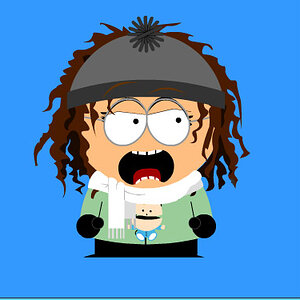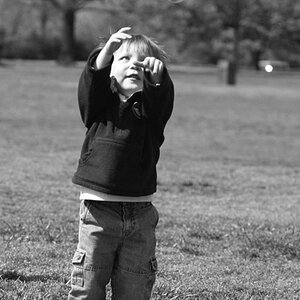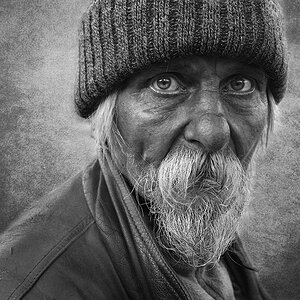jerryg
TPF Noob!
- Joined
- Feb 18, 2007
- Messages
- 3
- Reaction score
- 0
- Location
- chico, california
- Can others edit my Photos
- Photos OK to edit
Right now I would say, I'm pretty desperate for answers. The most confusing thing for me is how aperture, ISO, and the basic fundamentals of how exposure works, and how all these things work together to make great pictures. I have bought several books, but I'm still having a hard time putting it all together.
One of the problems I have understanding is what settings to use outdoors vs. indoors... are there some general guidelines?
I have considered going to school, but don't have a lot of spare time. Does anyone know where to find video or DVD tutorials to explain these fundamentals? I am more of a visual learner, so a CD or DVD would be a quicker way for me.
Here is an inventory of my equipment:
Camera - Cannon EOS 30D
Lens - Cannon EFS 18-55mm
Cannon EF 75-300mm f/4-5.6 iii
Sigma 105mm f2.8 DG Macro
Flash - Cannon 430EX
If someone could help me, I would really appreciate it.
Like I said... I have no idea what I'm doing.
Thanks,
- Jerry
One of the problems I have understanding is what settings to use outdoors vs. indoors... are there some general guidelines?
I have considered going to school, but don't have a lot of spare time. Does anyone know where to find video or DVD tutorials to explain these fundamentals? I am more of a visual learner, so a CD or DVD would be a quicker way for me.
Here is an inventory of my equipment:
Camera - Cannon EOS 30D
Lens - Cannon EFS 18-55mm
Cannon EF 75-300mm f/4-5.6 iii
Sigma 105mm f2.8 DG Macro
Flash - Cannon 430EX
If someone could help me, I would really appreciate it.
Like I said... I have no idea what I'm doing.
Thanks,
- Jerry


![[No title]](/data/xfmg/thumbnail/32/32707-3c49d54a87afb53e65c60391858400be.jpg?1619735611)
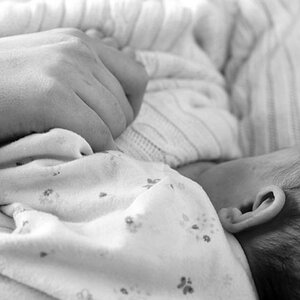
![[No title]](/data/xfmg/thumbnail/39/39532-073f9eb14e26e2b99cc29112b92a2ab6.jpg?1619739072)
![[No title]](/data/xfmg/thumbnail/39/39292-4169a355b794ae9735845c4ad45d06ff.jpg?1619738958)
![[No title]](/data/xfmg/thumbnail/32/32706-50b778fbc110c8ea4472547d54c6a923.jpg?1619735610)
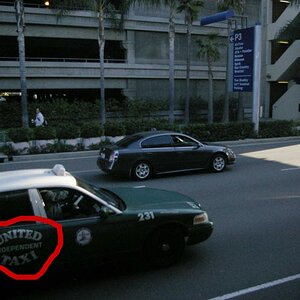
![[No title]](/data/xfmg/thumbnail/32/32709-80f0f0432fd5ec548a3efdb60ef77d46.jpg?1619735613)
![[No title]](/data/xfmg/thumbnail/37/37622-530e264cdd98e6648079b89d7d3cd356.jpg?1619738153)
